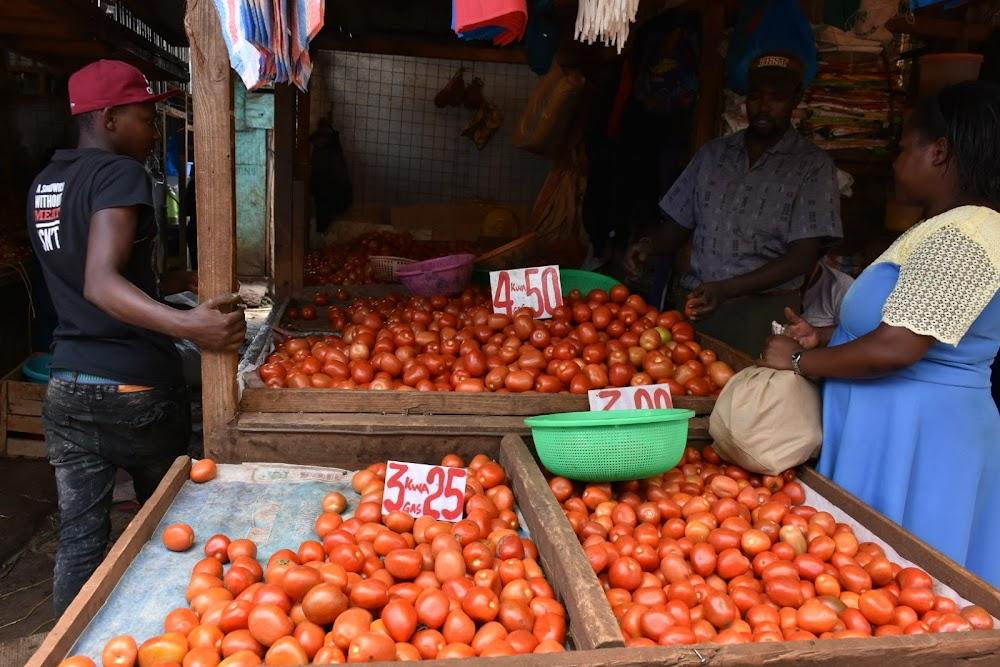Africa-Press – Eritrea. Prices of staple foods in sub-Saharan Africa surged by an average 23.9 per cent in 2020-2022, the highest since the 2008 global financial crisis, a new IMF report shows.
According to the fund, this is commensurate to an 8.5 per cent rise in the cost of a typical food consumption basket (beyond generalised price increases).
This has been blamed on global factors mainly the Russia-Ukraine war which has disrupted the world’s supply chain, as the two countries are key producers of some staple foods.
Because the region, imports most of its top staple foods—wheat, palm oil, and rice—the pass-through from global to local food prices is significant, nearly one-to-one in some countries.
Prices of locally sourced staples have also spiked in some countries on the back of domestic supply disruptions, local currency depreciations, and higher fertiliser and input costs.
Inflation, a measure of the cost of living over the last 12 months rose by 20 basis points to 8.5 per cent up from 8.3 per cent in July.
A two-kilo packet of maize flour, the country’s staple food hit a high of Sh220 despite the government subsidy.
IMF findings show in addition to global food prices, net import dependence, the share of staples in food consumption, and real effective exchange rates drive changes in local staple food prices.
This was derived from price data from 15 countries on the five most consumed staple foods in the region (cassava, maize, palm oil, rice, and wheat).
It estimates estimate that a one percent increase in the consumption share of a staple food raises the local price by an average 0.7 percent; with the effect even bigger when a staple is mostly imported, raising the price by about 1.2 percent.
When a country’s net import dependence increases by one percent, the local real cost of a highly imported staple is expected to increase by an additional 0.2 percent, IMF estimates.
The relative strength of a country’s currency is another driver as it affects the costs of imported food items.
Food prices also tend to be higher in countries with weaker fiscal management and elevated public debt.
These results suggest a mix of fiscal, monetary, and structural reforms could help lower food inflation.
For example, improving public financial management could help free up resources for investment in well-targeted social assistance programmes, IMF says.
Policymakers could also help make agricultural inputs such as seeds and fertilisers cheaper, by introducing structural and regulatory reforms that promote fair competition.
For More News And Analysis About Eritrea Follow Africa-Press







